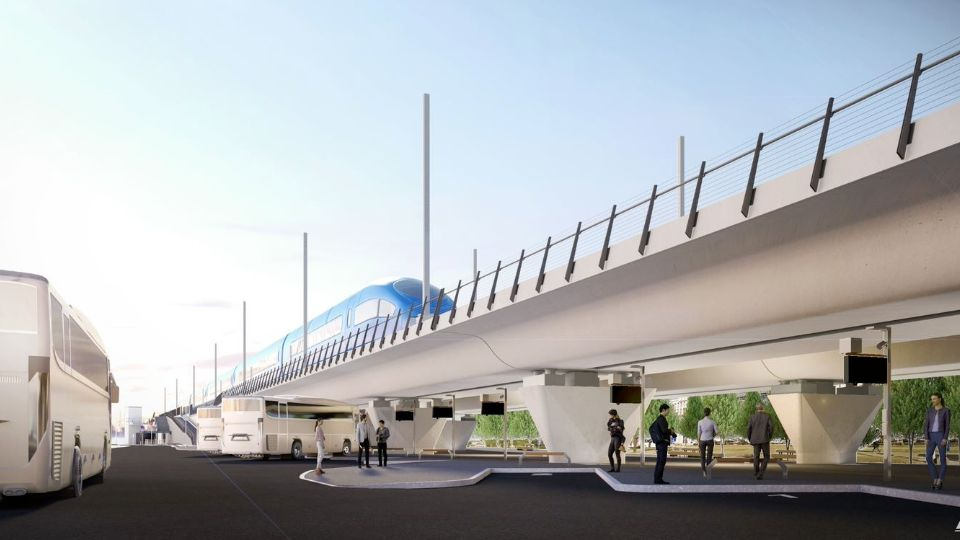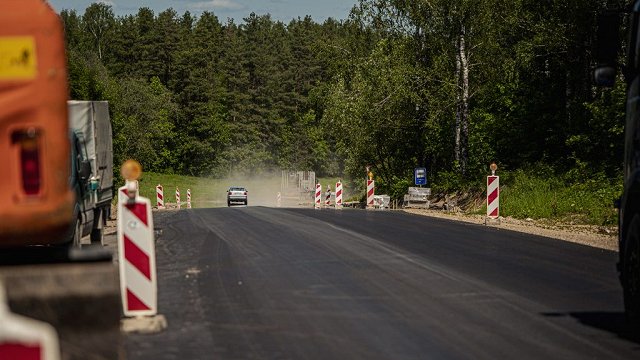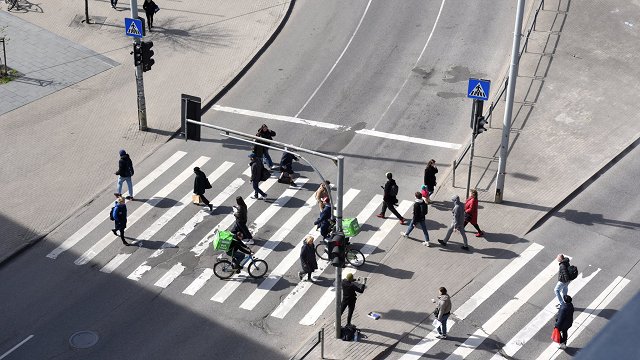The report, conducted jointly by the state auditors of Estonia, Latvia and Lithuania, comes just two days after RB Rail – the Baltic states' joint venture which is responsible for the project – admitted costs had risen massively from initial estimates of less that 6 billion euros to more than 15 billion euros for 'Stage 1' of the project and 23.8 billion euros in total.
The auditors confirm the higher price tag, saying:
"The estimated costs of implementing the Rail Baltica project has increased more than 4 times. According to new cost benefit analysis draft, since 2017, the estimated preliminary cost of developing the RailBaltica project has increased from €5.8 bn to €23.8 bn in 2023."
"This has increased the risk of securing on-time financing and not only because the estimated costs have increased, but also because the current European Union funding period ends in 2027. As the next funding period will begin in 2028, there will probably be a gap in financing for years 2027-2028. In addition, there is no certainty that the Connecting Europe Facility – which is the main financing tool for the project – will be continued in the upcoming financing period or that its budget or co-financing rate is known at this point," according to the review.
In Latvia, the costs are estiated to have risen four-fold from 1.97 billion euros to 9.59 billion euros.
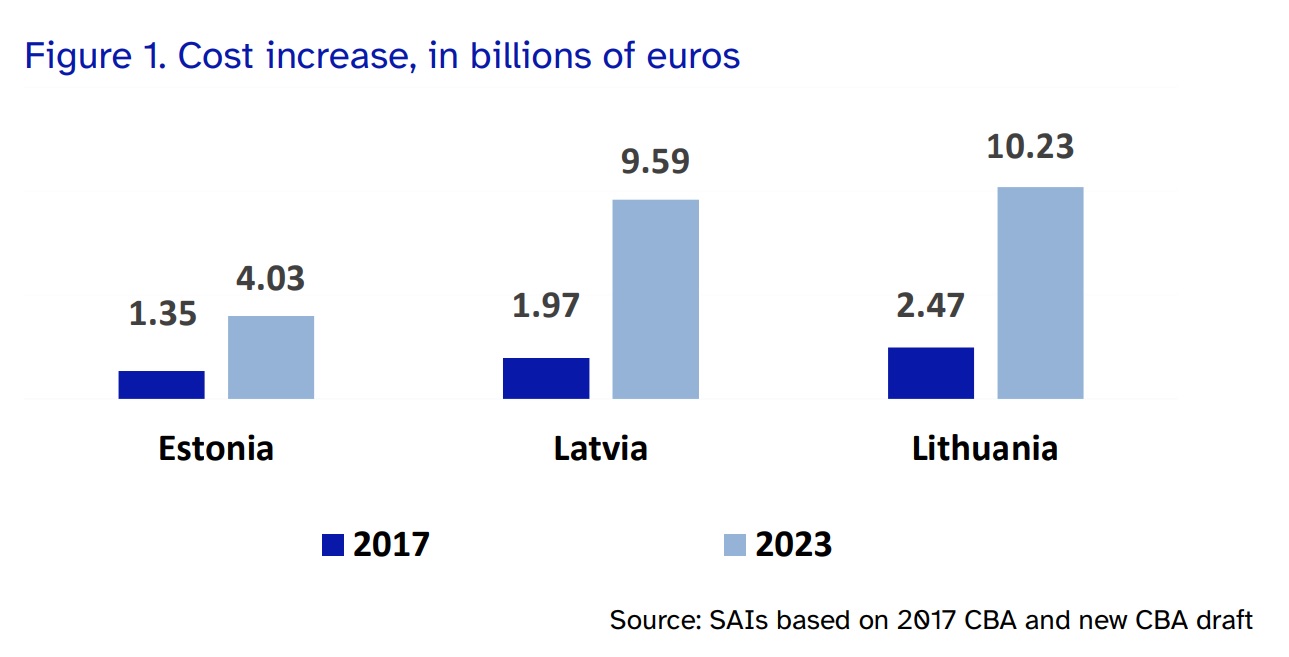
The full document is available online here, and is also attached to this story in PDF format.
Tellingly, the auditors identify numerous organizational and management problems in addition to the hard data about costs and delivery deadlines which are already "at least five years behind schedule".
"Risk management on the entire project level needs further development," according to the review, adding:
"This review shows that risk management and change management of RB Rail AS and national implementers in regards to the entire project has not notably improved since 2019 even though an effective risk and change management system could help to keep cost increases under control and to take corrective measures quickly if needed. It was also discovered that the governments and the parliaments were not always informed about the problems that might occur."
Someone will need to buy trains
In an eye-opening aside, the report also says that the not-insignificant matter of what sort of trains will run on the line if and when it is actually built has not been decided.
"It was determined that the ministries had not decided on the model for acquiring the trains nor on the entity that was designated responsible for the task. If the decision is not taken soon, there is a risk that there will be no trains to operate on the railway in 2030/2031. Furthermore, the cost of acquiring the trains as well as maintaining and operating the railway are not included in the project budget, and cannot be financed from European Union funds," say the auditors – opening up the bizarre possibility that a shiny new rail link could open in 2030 with no trains running on it.
The decision on how to acquire rolling stock is marked as the responsibility of an external stakeholder, which the auditors explain is "an entity that covers the three countries and does not yet exist."
When a decision is taken by an entity that does exist, it will likely take two years to prepare procurement, four years to deliver the rolling stock and two years of testing time – eight years in total. So, under normal circumstances, if a decision was taken today, trains might be fully operational around 2032.
As regards the 2030 launch date, that too looks increasingly tenuous, desite being 5 years later than the original 2025 launch date. According to the review, "Some of the internal project schedules indicate that the project may be delayed even further. For example, according to the Integrated Control Schedule of Rail Baltic Estonia OÜ, the Pärnu-Latvian border section will be fully finished in October 2032 with construction ending at the end of 2031. Yet, Rail Baltic Estonia OÜ stated that they had taken measures to ensure that those works would also be finished by 2030."
The deadline for concluding the detailed technical designs was the end of 2020 in both Lithuania and Estonia, and end of 2021 in Latvia. But as of February 2024, the designs have still not been finalized. According to the current schedule, they should be ready by the end of June 2026 in Lithuania, the end of September 2026 in Estonia, and the end of 2027 in Latvia.
Similarly, the land upon which the rail lines will run should have been fully acquired by the end of 2021, but the three countries are "not even halfway done". Latvia has acquired only 13% of the necessary real estate.
The budget for the first phase is projected to be 3.1. billion euros in Estonia, 6.4 billion in Latvia and 5.4 billion in Lithuania. The first phase will already have "reduced functionality" in an effort to trim costs. In Latvia's case that means having one set of railway lines instead of two, only three regional stations and no cargo terminal.
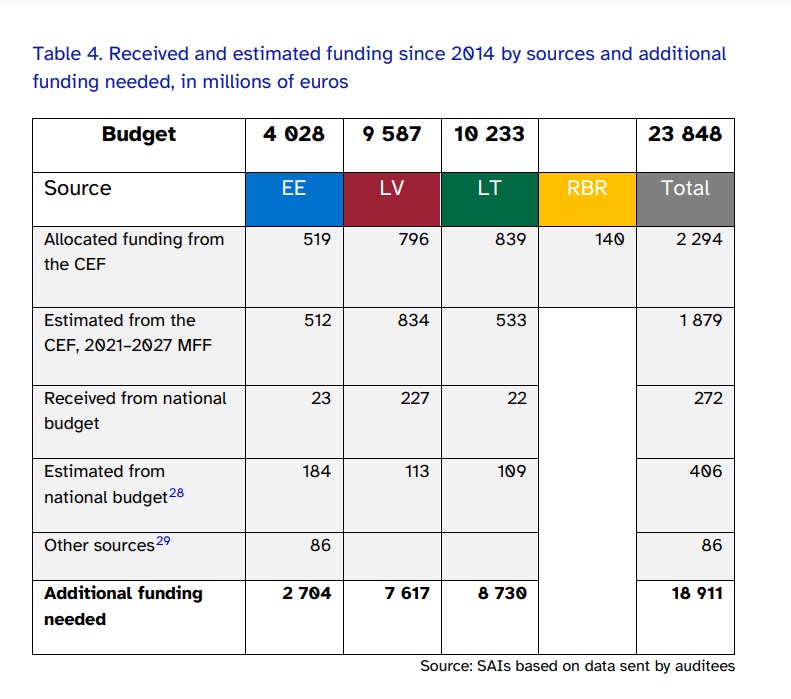
The timeline for the second phase of the project (after 2030) is described as "unknown". Moreover, potentially large future costs are not included in the project budget. That includes annual operating costs of around 500 million euros which would have to come from national budgets and the cost of trains because "As of Summer 2024, the Project Parties have not yet decided whether the three countries will own the international trains, lease them or require the passenger operators to have their own trains."
According to the Ministry of Transport of Latvia, approximately 23-25 regional trains are needed in the Baltics with an estimated cost of 300 million euros.
In the case of implementing the first phase of the project, the additional funding need for the whole project is 10.1 billion euros, being 1.8 billion in Estonia, 4.4 in Latvia and 3.9 in Lithuania.
